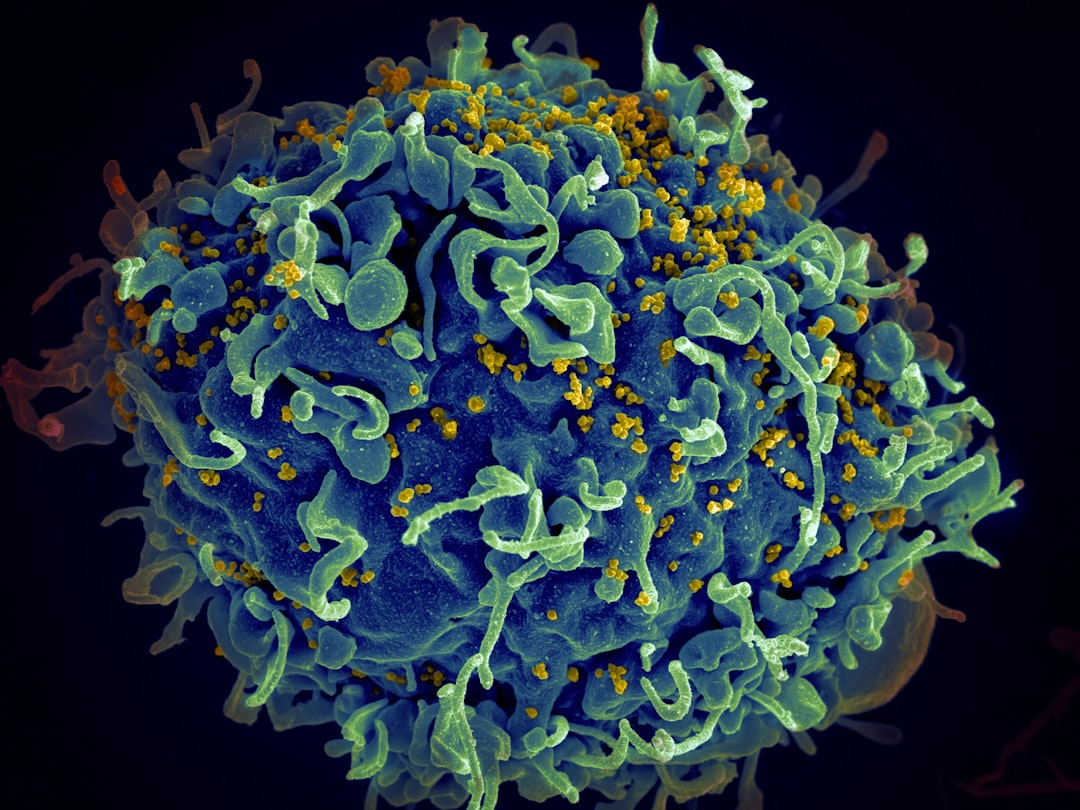What is it about?
Aerosol–cloud interaction (ACI) affects the cooling of the Earth’s climate, mostly by activation of aerosols as cloud condensation nuclei that can increase the amount of sunlight reflected back to space. But the controlling physical processes remain uncertain in current climate models. To study aerosol-cloud interaction, we present a new lidar-based technique as a unique remote sensing tool without thermodynamic assumptions for simultaneously profiling diurnal aerosol and water cloud properties with high resolution.
Featured Image

Photo by Todd Jiang on Unsplash
Why is it important?
A new technique of dual-field-of-view (FOV) high-spectral-resolution lidar (HSRL) for profiling aerosol and cloud properties simultaneously is introduced here. It provides lateral observations of aerosols and clouds with high vertical and temporal resolutions during daytime and nighttime. Neither assumptions on thermodynamic conditions nor lidar ratio are required. This work benefited from the range-resolved observations of water clouds with high resolutions, revealing that the observed profiles of low-level water cloud microphysical properties is not perfectly adiabatic as assumed by many current retrievals. Furthermore, the ACI analysis supports the hypothesis that aerosol-induced water decrease by enhanced evaporation can cancel out the increase caused by suppressed rain formation, while most current global General Circulation Models (GCMs) suggest that increased aerosol loading typically causes increased cloud-water content. Thus these observations obtained from the dual-FOV HSRL can constitute a substantial and significant addition to our understanding of ACI studies. We believe that this versatile system will not only benefit the quality monitoring of aerosol and cloud properties but also would serve as a powerful tool for ACI studies.
Read the Original
This page is a summary of: Dual-field-of-view high-spectral-resolution lidar: Simultaneous profiling of aerosol and water cloud to study aerosol–cloud interaction, Proceedings of the National Academy of Sciences, March 2022, Proceedings of the National Academy of Sciences,
DOI: 10.1073/pnas.2110756119.
You can read the full text:
Contributors
The following have contributed to this page










